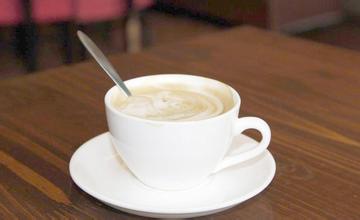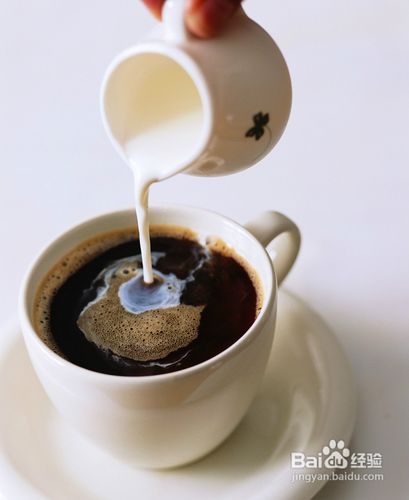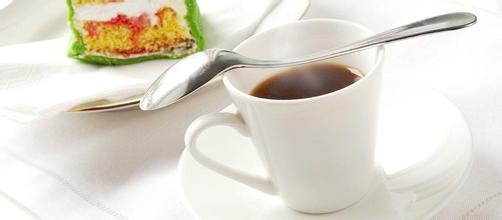Introduction to the planting environment for describing the flavor of coffee at high and low altitude
Introduction to the planting environment for describing the flavor of coffee at high and low altitude
The frost disaster in the coffee growing areas in Yunnan has once again verified my theory that the highest altitude growing areas are almost unaffected by frost, while in some low-lying areas, the best blue mountain coffee in the world is planted at an altitude of 1500-2100 meters. Coffee people who are able to test coffee cups have a common understanding that high mountain clouds produce good coffee, and coffee prefers a shady environment. Instead of what many of our experts believe that coffee must be planted in hot areas at low elevations, to our surprise, many of our coffee experts do not drink coffee, let alone test coffee cups. I can't imagine how he knows what kind of coffee is good coffee. In fact, many years ago, I repeatedly found that in a normal year, within the altitude that experts think can be planted, there are repeated frosts in individual terrain. Even in the range of 800-900 meters. However, in the high-altitude areas where experts believe that coffee cannot be grown, more than 1400 meters or even 1700 meters above sea level, there is no severe frost damage predicted by experts. Therefore, I put forward the theory of using topography to determine the unsuitable and sub-suitable areas for coffee cultivation, and negated the theory of using altitude to measure the suitable areas for coffee cultivation.
Coffee beans grown at high elevations are hard, dense and have the potential to give full play to their special flavor. The really amazing coffees are grown between 4000 and 6000 feet above sea level, and these beans are picked carefully only during the mature season. Coffee in Central America is rated according to the altitude at which it grows. For example, SHB (Strictly Hard Bean) is the term for Guatemalan coffee beans, indicating that coffee grows above 4500 feet. Mexico is called Altura, which means "high" in Spanish, indicating that it is high-altitude coffee; Papua New Guinea adds a name "Mile High" to indicate that the geographical location of coffee beans grown in the highlands and mountains has a profound impact on the flavor of coffee beans. All coffee grows in the tropics, and the altitude at which it grows has a profound effect on the taste of the coffee. From the tropics to 30 degrees north latitude and the mountains south of the equator produce the world's truly high-quality Arabica coffee. Central and South America, South Asia and some Pacific islands, and south-central Africa are also the most important coffee-growing areas in the world.
3000-6000 feet above sea level provide ideal conditions for coffee to grow: an average frost-free climate of 60-70 degrees Fahrenheit throughout the year, about 80 inches of moderate rainfall, and abundant sunshine. Coffee beans grow slowly in cold mountain areas, but the slow ripening process makes coffee beans have higher sugar content, more interesting flavor and mellow flavor. At high altitude, the displacement is high, and the fruit taste is more concentrated. The best Arabica coffee growing areas have very fertile soil, often in volcanic areas.

Important Notice :
前街咖啡 FrontStreet Coffee has moved to new addredd:
FrontStreet Coffee Address: 315,Donghua East Road,GuangZhou
Tel:020 38364473
- Prev

Do you want light roasted coffee, medium roasted coffee or deep roasted coffee?-what are the light roasted coffees?
Do you want light-roasted coffee, medium-roasted coffee or deep-roasted coffee? what are the different varieties and producing areas of light-roasted coffee, which have their own best roasting degree according to their characteristics? some responsible coffee bean suppliers will tell buyers the recommended roasting degree and coffee flavor characteristics of these beans, so as to prevent some quality coffee beans from being improperly roasted.
- Next

Flannel hand-made coffee step diagram-coffee hook step diagram
Flannel hand coffee step diagram-coffee hook step diagram drip method, as the name implies, is to brew in the form of dripping water. Just like the hourglass, dripping bit by bit into the coffee powder, it is completely delicate and time-consuming! First, the coffee powder is pre-soaked and moistened with a little bit of water, and when it drips about 1 stroke 3, you can start to inject water, when the water level of the coffee powder reaches its peak.
Related
- What brand of black coffee is the most authentic and delicious? what are the characteristics of the flavor of the authentic Rose Summer Black Coffee?
- Introduction to the principle and characteristics of the correct use of mocha pot A detailed course of mocha pot brewing coffee is described in five steps.
- Which is better, decaf or regular coffee? how is decaf made?
- How much is a bag of four cat coffee?
- How about four Cat Coffee or Nestle Coffee? why is it a cheap scam?
- Which is better, Yunnan four Cats Coffee or Nestle Coffee? How about cat coffee? is it a fake scam? why is it so cheap?
- How about Cat Coffee? what grade is a hoax? which instant coffee tastes better, four Cat Coffee, Nestle Coffee or G7 coffee?
- Process flow chart of coffee making-Starbucks coffee making process what coffee tastes good at Starbucks
- The top ten best coffee beans in the world Rose summer coffee or Tanzanian coffee tastes good
- Yunnan four cat coffee is good to drink?_four cat coffee is a big brand? four cat blue mountain coffee is fake?

